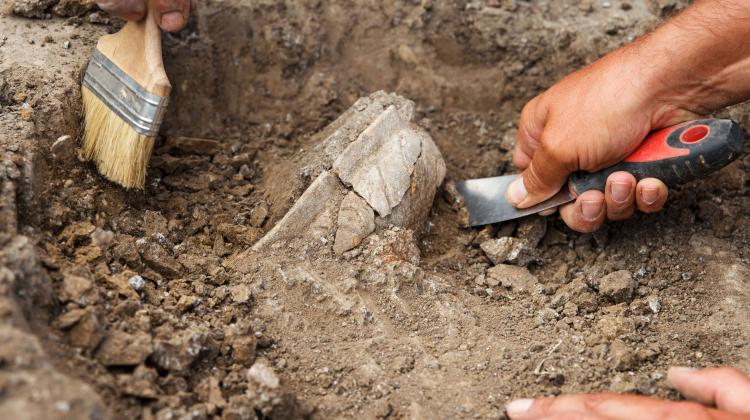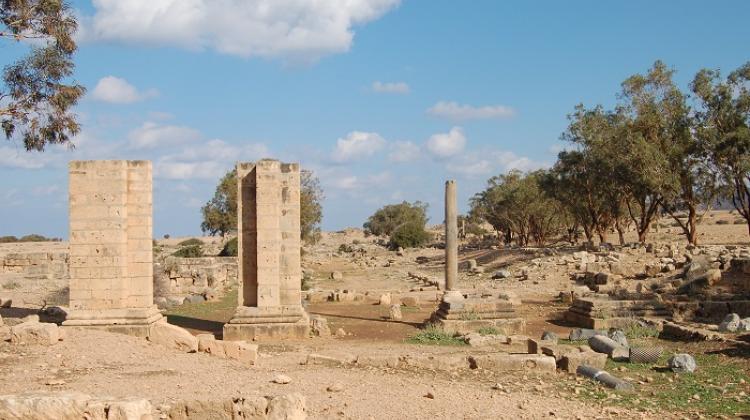Archaeologists use GPR to Locate Foundations of Teutonic Fortress Tower
The foundations of one of the outer bailey towers of the Teutonic castle in Elbląg have been unearthed by archaeologists.
Using GPR, the discovery was made during exploration of the south-eastern part of the 13th-century castle’s northern ward.
Built between 1246 and 1260, the castle nearly completely destroyed by the Prussian Confederation in 1454, with only cellars and some of the outer bailey buildings surviving.
Lech Trawicki, director of the Archaeological and Historical Museum in Elbląg, said: “Discussions about the shape and size of the castle have been going on for more than 100 years. Although the ruins of the structure were found during earlier excavations carried out on a limited scale, we have never been able to get a full picture of the layout, size and appearance of the castle. Now, thanks to the GPR surveys, it will be possible.”
It was previously known that the structure consisted of the main (conventual) castle and two outer wards: northern and southern. The main castle was a large brick structure made on the plan of an irregular quadrangle with four built-up wings around the courtyard with a stone cloister.
There was probably a tower in the south-east corner. According to some researchers, the main building of the castle in Elbląg was the largest structure of this type ever built in Prussia.
Elbląg was one of the most important centres of the Teutonic Order in Prussia at the initial stage of the Knights' stay in this area.
Professor Fabian Welc, head of geophysical research and director of the Institute of Archaeology of the Cardinal Wyszyński University in Warsaw, said: “We can assume with high probability that legible anomalies are the outline of the foundations of the south-east corner tower of the outer ward and the eastern part of its southern wing.
“In turn, to the south there is a moat separating the northern ward and the convent house.”
Numerous architectural details recovered both before World War II and later have been helpful in the visual reconstruction of the castle.
They include a huge granite column and sculptures from the castle church portal. (PAP)
author: Szymon Zdziebłowski
szz/ ekr/ kap/
tr. RL
Przed dodaniem komentarza prosimy o zapoznanie z Regulaminem forum serwisu Nauka w Polsce.

















